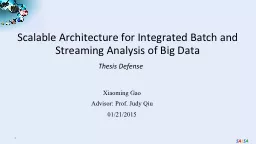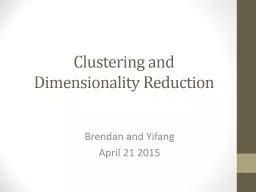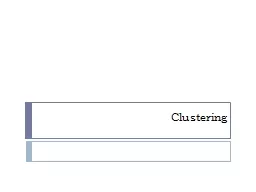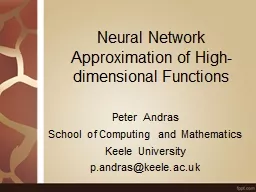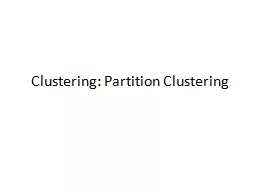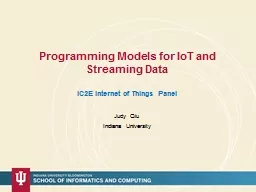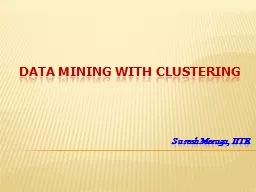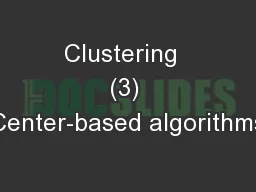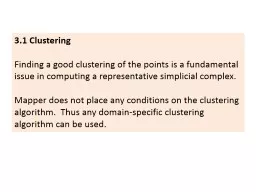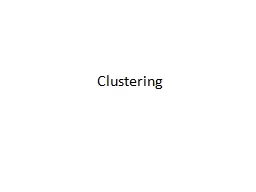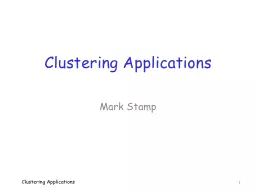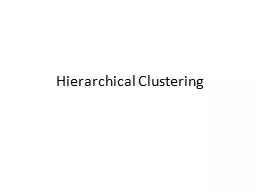PPT-Parallel Clustering of High-Dimensional Social Media Data S
Author : pamella-moone | Published Date : 2017-06-19
1 Xiaoming Gao Emilio Ferrara Judy Qiu School of Informatics and Computing Indiana University Outline Background and motivation Sequential social media stream clustering
Presentation Embed Code
Download Presentation
Download Presentation The PPT/PDF document "Parallel Clustering of High-Dimensional ..." is the property of its rightful owner. Permission is granted to download and print the materials on this website for personal, non-commercial use only, and to display it on your personal computer provided you do not modify the materials and that you retain all copyright notices contained in the materials. By downloading content from our website, you accept the terms of this agreement.
Parallel Clustering of High-Dimensional Social Media Data S: Transcript
Download Rules Of Document
"Parallel Clustering of High-Dimensional Social Media Data S"The content belongs to its owner. You may download and print it for personal use, without modification, and keep all copyright notices. By downloading, you agree to these terms.
Related Documents

